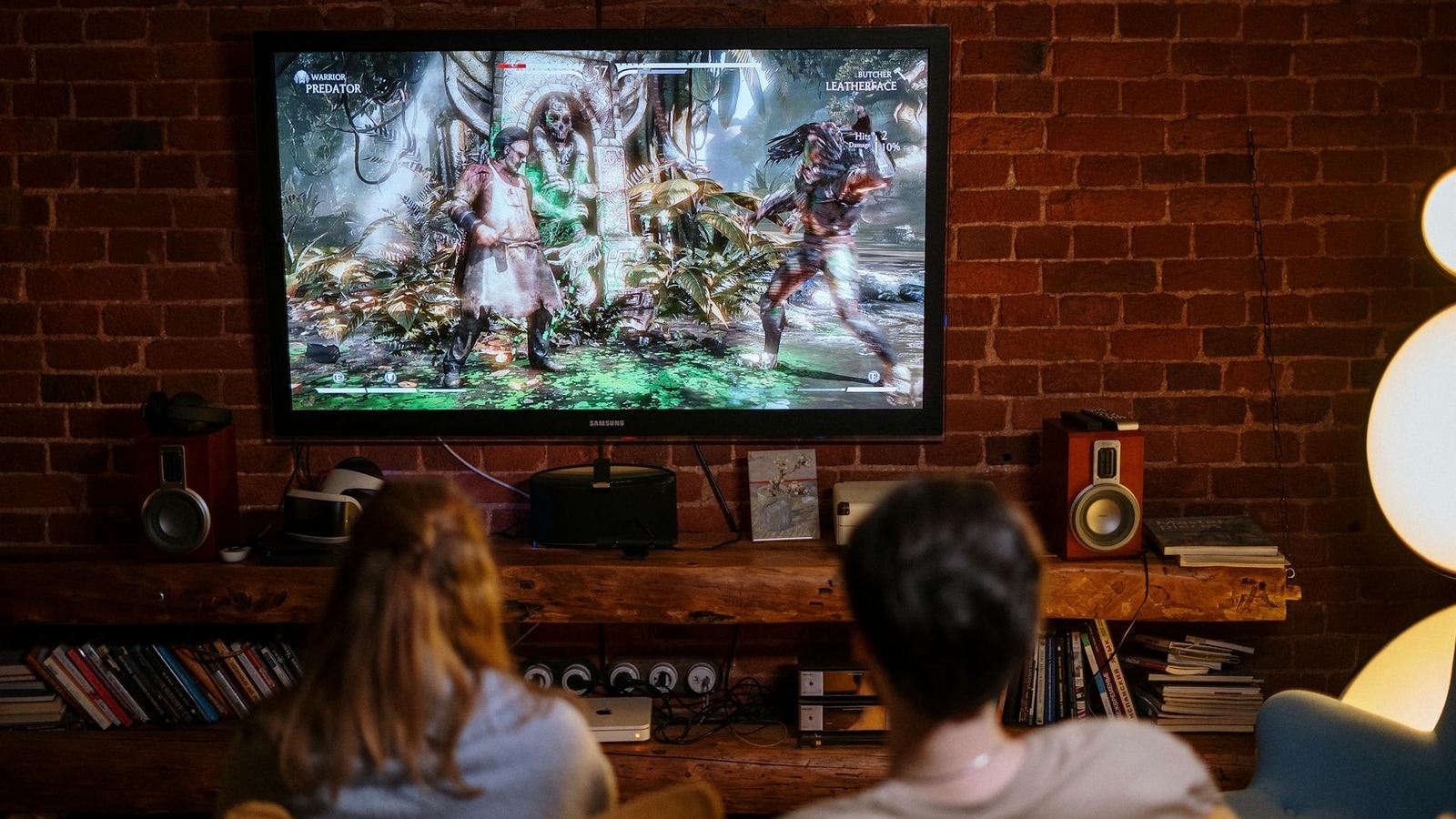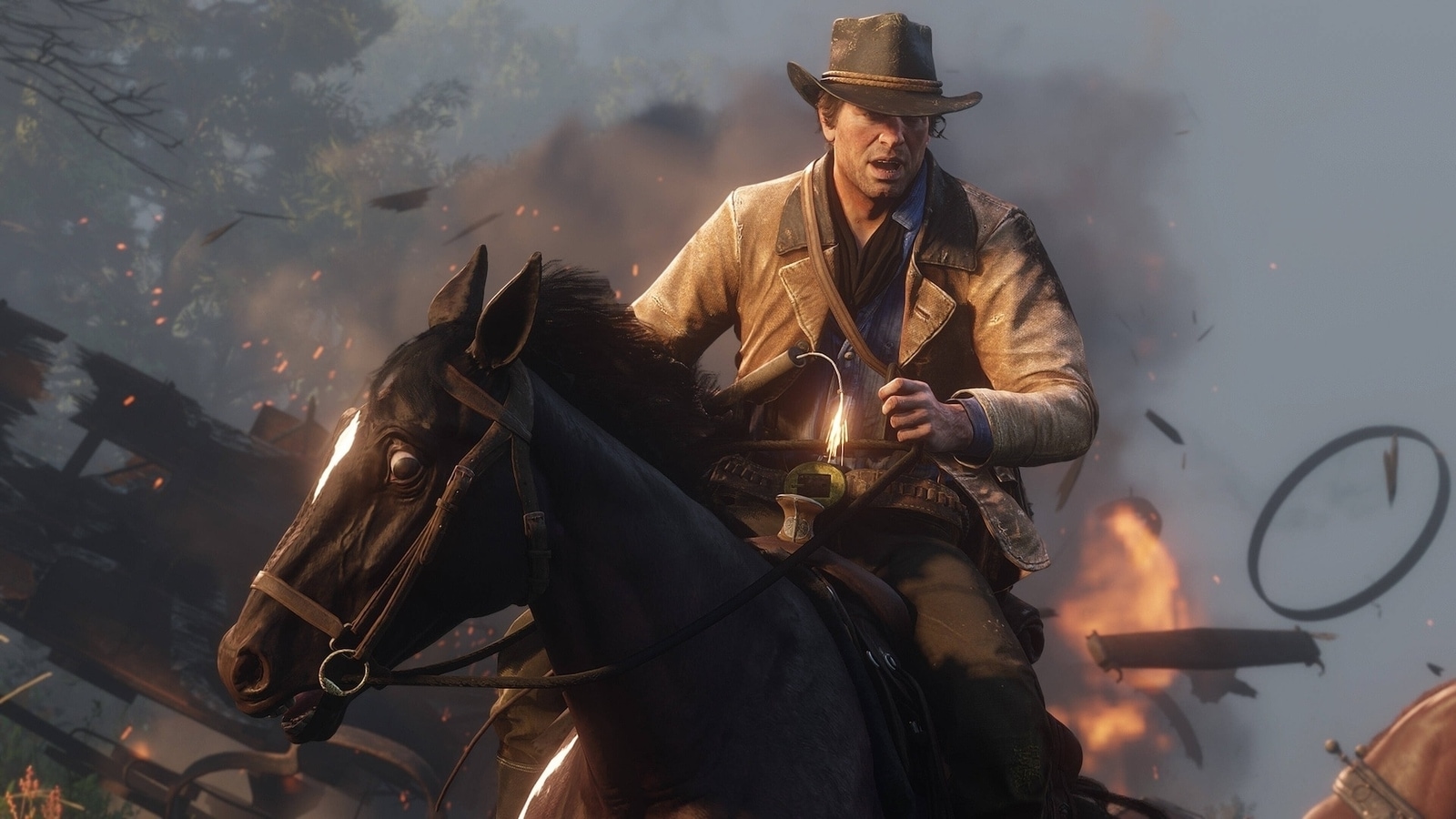The curator Jonathan Watkins, who commissioned “Cold Dark Matter” when he was the director of the Chisenhale Gallery in London, said Parker’s work was attuned to accidents, violence, and absurdity, and tried to give form to events from the chaos of the universe. “She has this extraordinary ability to touch on things that are really important,” he said.
Parker was born in 1956, the second of three girls in a Catholic family, and raised on a small farm in northern England. She grew up milking cows and mucking out stables.
As a child, she was told very little about what was happening to her mother, who had schizophrenia and was hospitalized, Parker recalled in an interview at her airy London home. Her father was a violent man, she said, and her childhood was “quite tough.” No surprise, then, that Parker’s work is so attentive to random acts of aggression and hidden stories.
When she was a child, she added, she “was made to feel guilty for playing” and “would have to sneak off” to do it. “Since then I’ve associated making art with play,” she said. “Part of me feels guilty for doing it.”
There were profound links with Catholicism in Parker’s work, said the historian and critic Marina Warner, who wrote an essay for the show’s catalog. She cited, for instance, an installation called “The Maybe” that Parker made with the actress Tilda Swinton at the Serpentine Gallery in London, in 1995. In that work, Swinton spent a week sleeping in a glass vitrine for eight hours a day.
Warner said Swinton “looked a bit like one of those mummified saints who are not meant to be mummified, but have been preserved miraculously because of their sanctity.”






















